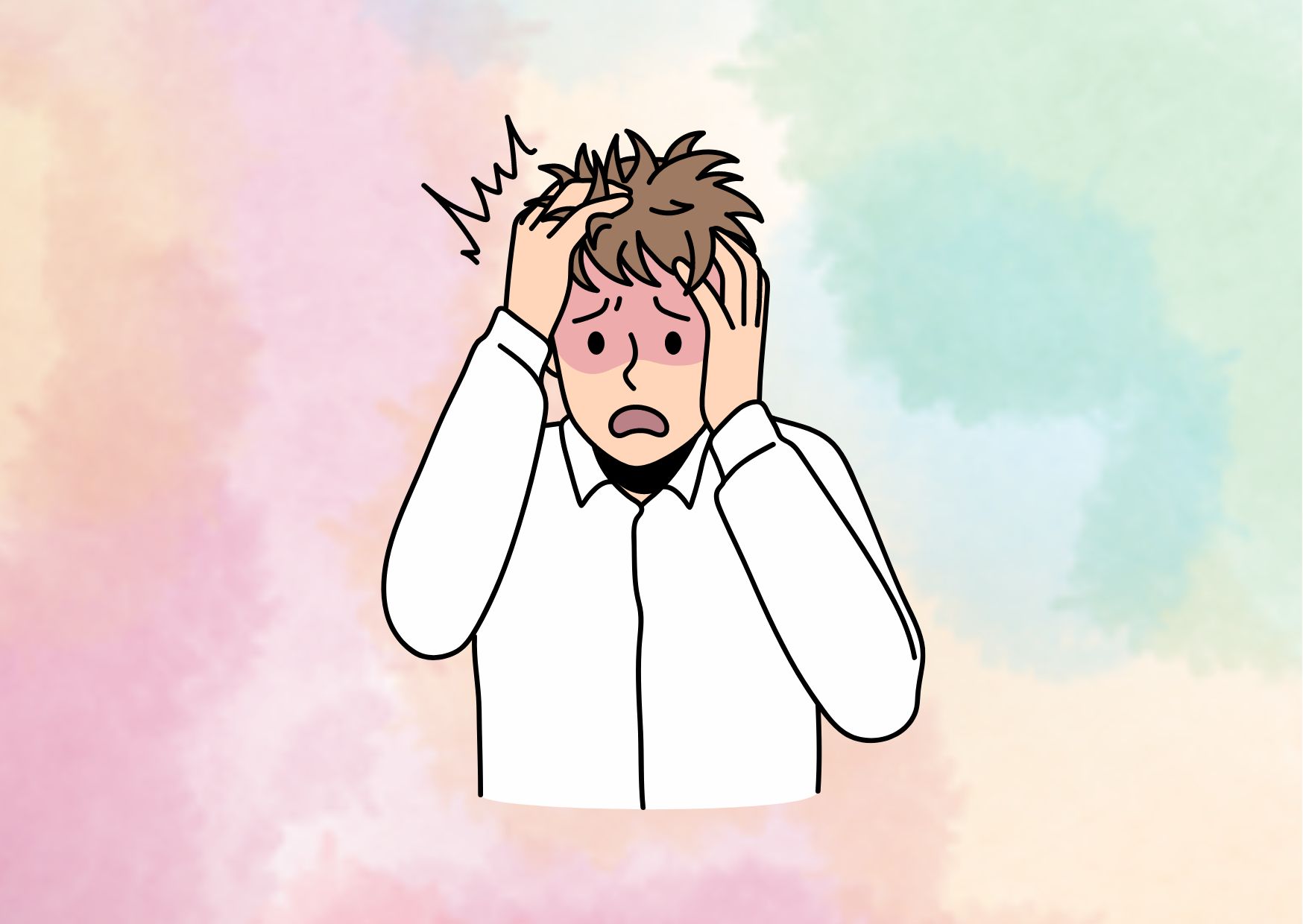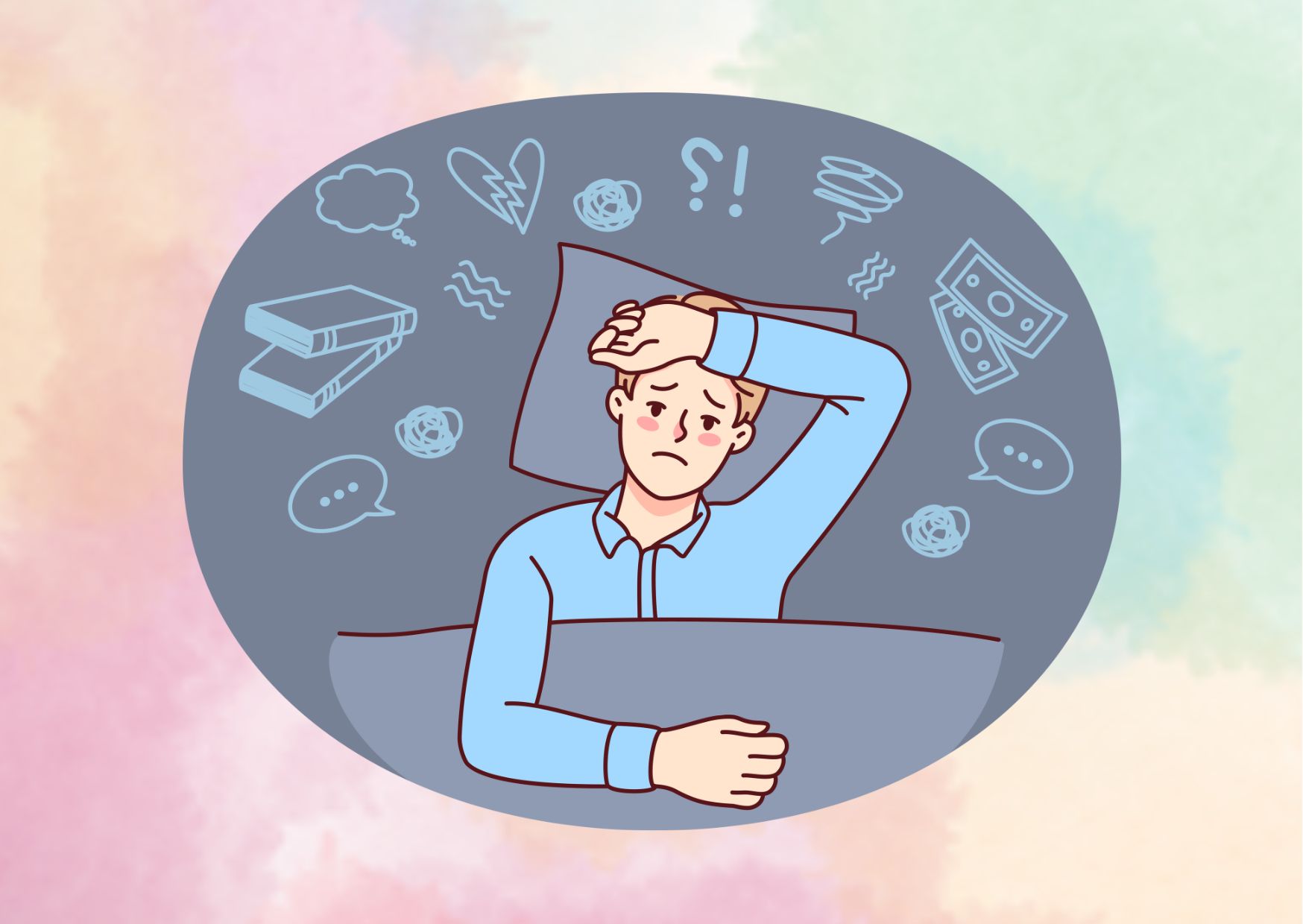Suggestion for read: Understanding Object Permanence and ADHD
Overstimulation in Different Environments
Overstimulation can manifest in various environments, each with its unique set of triggers that may overwhelm individuals. Understanding these environments and their common triggers is crucial for managing overstimulation effectively:
- Classrooms and Workspaces:
-
- Bright or Flashing Lights: Often found in fluorescent lighting used in many schools and offices.
- Loud Noises: Such as classroom chatter, office machinery, or nearby construction sounds.
- Crowded Spaces: High student or employee density can contribute to a sense of overcrowding.
-
- Textures: Coarse, rough, and scratchy materials in clothing or furniture can be uncomfortable.
- Sounds: The noise of car traffic, people eating or breathing, and loud music.
- Visuals: Watching violent or suspenseful content on television or in movies.
Creating a sensory-friendly environment involves a multifaceted approach, tailored to the specific needs of those affected by overstimulation. For instance, in educational settings, this could include:
- Classroom Layout: Organizing desks and workspaces to minimize crowding and distractions.
- Lighting and Visuals: Replacing fluorescent lights with softer lighting options, controlling the amount of visual stimuli on walls.
- Noise Management: Using sound-absorbing materials, providing headphones for individual work.
- Sensory Tools: Offering stress balls, fidget devices, or other tools to help manage sensory input.
- Calming Areas: Designating quiet zones where students can retreat to reduce sensory input.
- Flexible Seating Options: Allowing choices in seating can help students find positions that are most comfortable for them.
- Collaboration: Encouraging teamwork between teachers, parents, and administrators to support students’ sensory needs.
By recognizing the diverse triggers of overstimulation across different environments and implementing targeted strategies, it’s possible to create spaces that accommodate and respect individual sensory thresholds. This proactive approach not only aids in managing overstimulation but also fosters inclusive environments where everyone can thrive.
The Impact of Technology on Overstimulation
In the digital age, screens have become a leading cause of overstimulation, significantly impacting our mental and physical well-being. The constant exposure to the rapid influx of information, especially during heightened periods such as a pandemic, exacerbates conditions of anxiety and depression. This scenario underscores the necessity of adopting coping strategies to mitigate the effects of digital overload. Among the effective strategies are:
-
- Social media and TV use should be reduced to avoid visual overstimulation.
- Phone usage, particularly social media, should be limited.
- Watching TV should not exceed 2 hours per day.
- Engaging in Physical and Mindful Activities:
-
- Taking breaks from technology and dedicating time to self-care.
- Engaging in calming activities such as deep breathing, grounding oneself in the present moment, and getting physical movement.
- Connecting with nature and talking to someone about feelings of overstimulation.
- Creating Tech-Free Zones:
-
- Schedule social media checks and turn off notifications to minimize distractions.
- Prioritize tech-free activities and establish tech-free times and zones within living spaces to foster physical and mental well-being.
Research has demonstrated that excessive screen time is linked to heightened levels of overstimulation, leading to increased symptoms of anxiety and depression. The challenge of regulating technology use is evident as individuals often fill breaks with smartphones, social media, email, videos, and texting, contributing to a cycle of digital overload. Solutions to this pervasive issue include setting limits on technology use for both adults and children, creating technology breaks, and emphasizing the importance of reconnecting with people in real life. Caregivers, in particular, have expressed concerns over their child’s mobile technology use, highlighting effects on the child’s cognitive functions, potential for addiction, and the overall stress it brings to family dynamics.
Furthermore, studies have shown that higher levels of cyber-based overload significantly predict greater stress, frequency, and severity of health problems, as well as less positive feelings about overall health. This overload also detracts from time devoted to contemplative activities such as concentrated mental effort and self-reflection, essential for maintaining one’s well-being. The findings suggest that while technology can improve life in moderation, there exists a threshold beyond which interaction with technology becomes more harmful than beneficial. This threshold varies among individuals, particularly between high and low sensation-seekers, indicating the need for personalized approaches to managing digital consumption and overstimulation.
Coping Strategies for Managing Overstimulation
To effectively manage overstimulation, especially for Highly Sensitive People (HSPs), it’s crucial to implement strategies that cater to both immediate relief and long-term adaptation. Below are some practical steps and techniques:
Immediate Coping Strategies:
- Limit Screen Time: Set specific times to unplug from all digital devices.
- Find a Quiet Space: Retreat to a designated calm area in your home or office when overwhelmed.
- Listen to Soothing Sounds: Curate playlists of calming music, podcasts, or audiobooks that you find comforting.
- Practice Mindfulness: Engage in mindfulness exercises such as deep breathing or meditation to center yourself.
- Set Boundaries: Communicate your need for quiet time to those around you to manage expectations and reduce potential stressors.
Long-Term Adaptation Techniques:
- Identify Triggers: Keep a journal to note when and why overstimulation occurs, helping you to avoid or prepare for these situations in the future.
- Develop New Neural Pathways: Through repeated exposure to manageable levels of stimuli and practicing relaxation techniques, you can train your brain to handle overstimulation more effectively.
- Build a Support Network: Surround yourself with understanding individuals who respect your boundaries and can provide assistance when needed.
- Adjust Your Environment: Make lifestyle changes such as reducing clutter, using softer lighting, and incorporating elements of nature into your living and workspaces.
- Seek Professional Help: Consider therapies like Cognitive Behavioral Therapy (CBT) or Sensory Integration Therapy for personalized strategies to cope with overstimulation.
Daily Practices for Well-being:
- Morning Rituals: Start your day with sunlight and fresh air to boost mood and focus.
- Scheduled Breaks: Incorporate short breaks throughout your day for rest and rejuvenation.
- Physical Activity: Regular exercise or simple physical movements can help in grounding and stress relief.
- Diet Considerations: Monitor caffeine intake and opt for a balanced diet to support overall well-being.
By integrating these strategies into your daily routine, you can create a more balanced approach to managing overstimulation. Remember, the goal is not to eliminate all sources of stimulation but to find effective ways to navigate and mitigate their impact on your life.
Preventing Overstimulation in Everyday Life
Preventing overstimulation in everyday life is pivotal for maintaining a balanced mental and physical state, especially for Highly Sensitive People (HSPs). Here are practical steps to minimize overstimulation:
- Mindfulness and Recognition:
-
- Recognize Signs of Overstimulation: Be aware of your body’s responses to sensory input. Symptoms may include restlessness, irritability, or fatigue.
- Practice Mindfulness: Daily mindfulness exercises can help you stay present and reduce stress. Techniques include deep breathing, meditation, and grounding exercises.
- Identify and Manage Triggers:
-
- Personal Triggers: Keep a journal to note situations or environments that lead to overstimulation. This can help in avoiding or preparing for these scenarios.
- Health Focus: Prioritize sleep, nutrition, hydration, and physical movement to enhance overall well-being.
- Minimize Stimulation: Reduce screen time, turn off unnecessary notifications, and opt for quiet meals. Choose reading over digital screens when possible.
- Environmental Adjustments:
-
- Take Breaks: Ensure there are intervals for relaxation between tasks and meetings. Short walks or quiet time can serve as effective breaks.
- Avoid Crowds: If crowded places trigger anxiety, seek quieter alternatives for socializing or errands.
- Create a Supportive Space:
-
-
- Reduce Clutter: A clutter-free environment can significantly lower sensory input.
- Simplify Diets: Opt for simple, nourishing foods that don’t overwhelm the senses.
- Adjust Lighting and Sound: Soft lighting and reduced background noise can create a calming atmosphere.
- Organize for Reduced Sensory Input: Arrange living and workspaces to minimize overwhelming stimuli.
By implementing these strategies, individuals can create a lifestyle that respects their sensory thresholds, leading to improved coping with overstimulation. This proactive approach not only aids in immediate relief but also contributes to long-term well-being and resilience against overstimulation.
When to Seek Professional Help
When individuals experience regular episodes of overstimulation, leading to significant distress or impairment in functioning, seeking professional help becomes a vital step. The complexity of overstimulation, with its potential to lead to depression, anxiety, mood shifts, feelings of helplessness, or even complete shutdown, underscores the necessity of a tailored approach to treatment and management. Here’s a breakdown of when and how to seek professional assistance:
Consultation and Treatment Options:
- Primary Care Physician or General Practitioner:
-
- Initial consultation for guidance and referrals.
- Recommendations on treatments or management techniques based on the individual’s specific symptoms and experiences.
- Psychologists and Occupational Therapists:
-
- Specialized in treating sensory dysregulation.
- Can offer strategies for coping with and managing overstimulation.
- Therapy options may include Cognitive Behavioral Therapy (CBT), Sensory Integration Therapy, or mindfulness-based interventions.
Recognizing the Need for Professional Help:
- Physical, Mental, and Emotional Exhaustion: Persistent feelings of being overwhelmed, leading to fatigue and burnout.
- Persistent Stress and Anxiety: When overstimulation causes ongoing stress and anxiety that interfere with daily life.
- Impact on Daily Functioning: Difficulty in performing daily tasks, maintaining relationships, or fulfilling responsibilities at work or school.
Seeking Support:
- Support Networks: In addition to professional help, building a support network of understanding friends, family, or support groups can provide emotional support and practical advice.
- Professional Help as a Crucial Step: Addressing the underlying cause of overstimulation is key. Treatment options vary depending on the underlying cause, whether it’s related to sensory processing sensitivity, ADHD, anxiety disorders, or other conditions.
By recognizing the signs that professional help is needed and understanding the available avenues for seeking assistance, individuals can take proactive steps towards managing overstimulation. This approach not only aids in alleviating immediate symptoms but also contributes to long-term well-being and resilience.
Creating a Supportive Environment for Those Easily Overstimulated
Creating a supportive environment for those easily overstimulated involves understanding and adapting various aspects of daily life. Here are some strategies to consider:
- Awareness and Advocacy:
-
- Gain Awareness: Understand the nuances of hypersensitivity, ADHD, and sensory issues. Knowledge about these conditions can guide appropriate responses and adaptations.
- Practice Self-Advocacy: Encourage individuals to share their sensitivities with others. This promotes a culture of understanding and accommodation, making it easier to implement necessary changes in both personal and professional environments.

